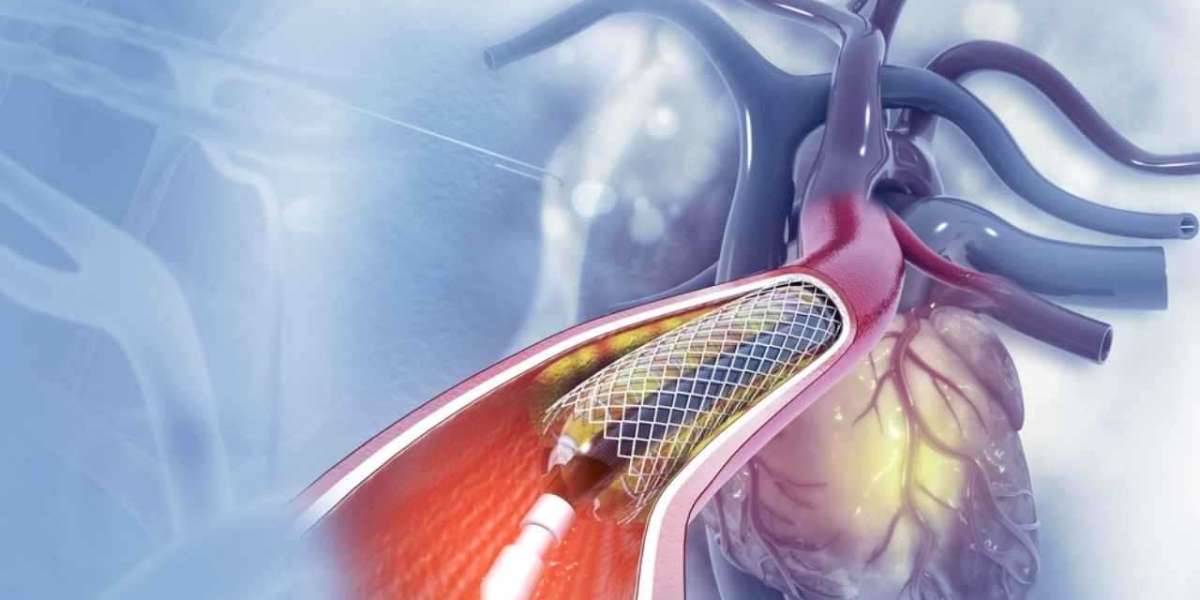A coronary angiography is a frequently performed procedure that is also referred to as an angiogram, coronary angiogram, cardiac catheterization, or simply "Angio." Despite ongoing advancements in prevention, education, and treatment, heart disease continues to be the leading cause of death in the majority of the globe.
Your general practitioner may refer you to a cardiologist for a coronary angiography if you have experienced a previous heart attack, angina, or unexplained chest pain. We will provide you with a concise overview of some of the essential information regarding coronary angiograms in this straightforward guide.
To begin with, a coronary angiogram is a typical procedure that involves the acquisition of X-ray images of the blood vessels leading to the heart. It provides your physician with a comprehensive understanding of your heart and the arteries that surround it, thereby facilitating the diagnosis of any underlying heart conditions and the determination of the appropriate course of treatment.
Remember that the coronary arteries encircle the heart and provide the heart muscle with vital blood to keep it pumping. The accumulation of fatty plaque in the arteries can obstruct the passage of blood to the heart. Angina, a heart attack, or heart failure are all potential life-threatening complications of poor blood flow.
Coronary angiography is intended to assist in the identification of any narrowing or obstruction in the arteries leading to the heart and to determine whether blood flow is being restricted. The severity of any blockages and the specific arteries that are narrowed will be presented if a problem is present.
If your healthcare provider is concerned about your heart and suspects that you may have coronary arteries narrowing, they may suggest that you undergo angiography. Since undiagnosed coronary artery disease can increase the risk of a heart attack, it is crucial to diagnose any narrowing of the coronary arteries early in order to receive treatment.
Are there any adverse consequences associated with coronary angiography? Bruising and/or edema at the catheter insertion site are the most prevalent adverse effects of the procedure. A coronary angiogram carries some risk, just like any other surgical procedure. Nevertheless, the risk of complications is generally minimal.
It is important to bear in mind that each case is unique, and as a result, the attending physician always discusses the relative hazards of the procedure with the patient in advance. Make certain to conduct additional investigation regarding the events that transpire prior to your procedure.
Aramak
popüler gönderiler
-
 Dana Pinjaman Tunai Jaminan Bpkb
Tarafından mandiripinjamandana
Dana Pinjaman Tunai Jaminan Bpkb
Tarafından mandiripinjamandana -
 What are the list of the best vacuum cleaners
Tarafından Nick8899
What are the list of the best vacuum cleaners
Tarafından Nick8899 -
 Good knowledge about the best vacuum cleaners
Tarafından Nick8899
Good knowledge about the best vacuum cleaners
Tarafından Nick8899 -
 En İyi VPN Programları 2018
Tarafından eniyivpn
En İyi VPN Programları 2018
Tarafından eniyivpn -
 Read in detail about the best corded stick vacuum
Tarafından Nick8899
Read in detail about the best corded stick vacuum
Tarafından Nick8899



